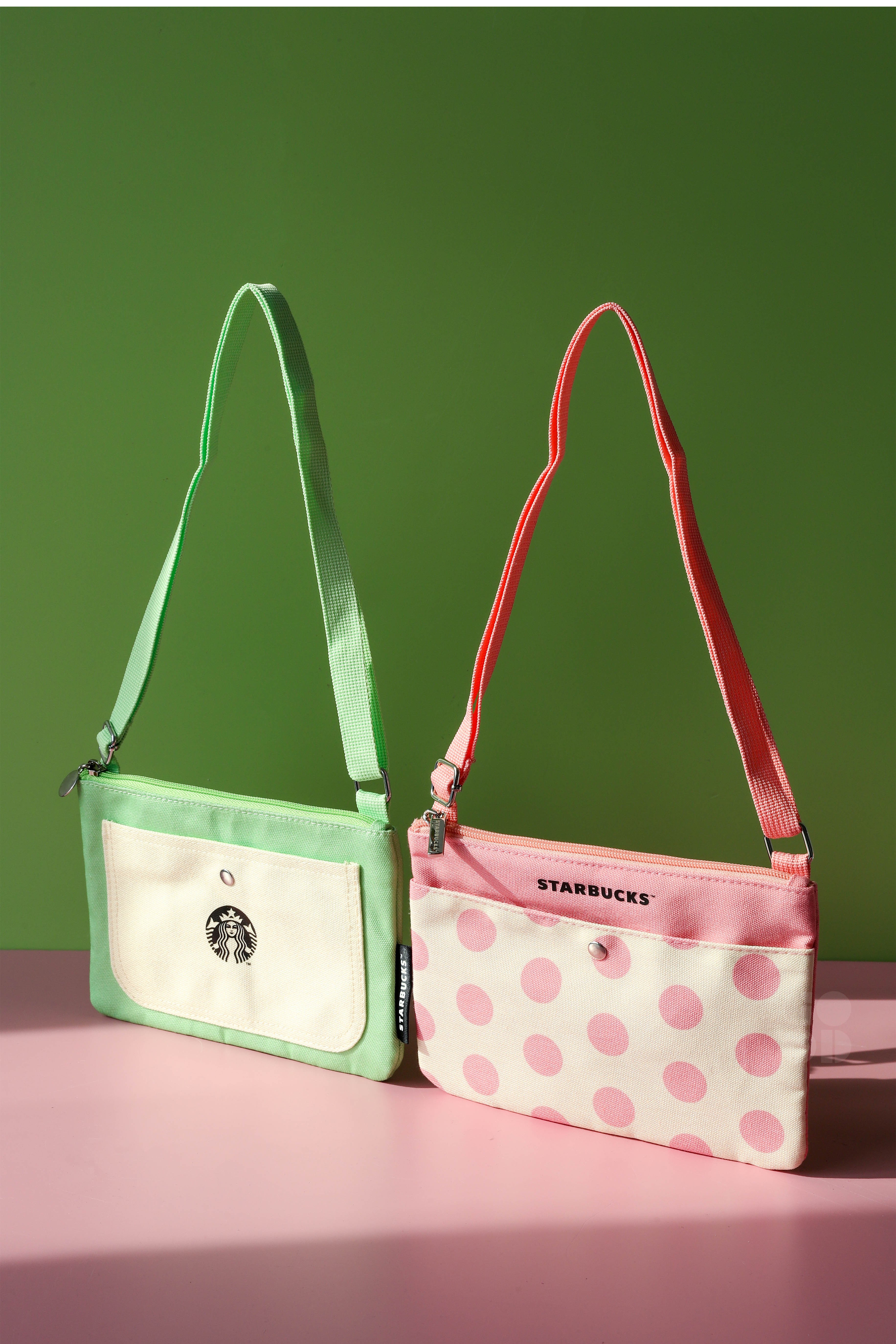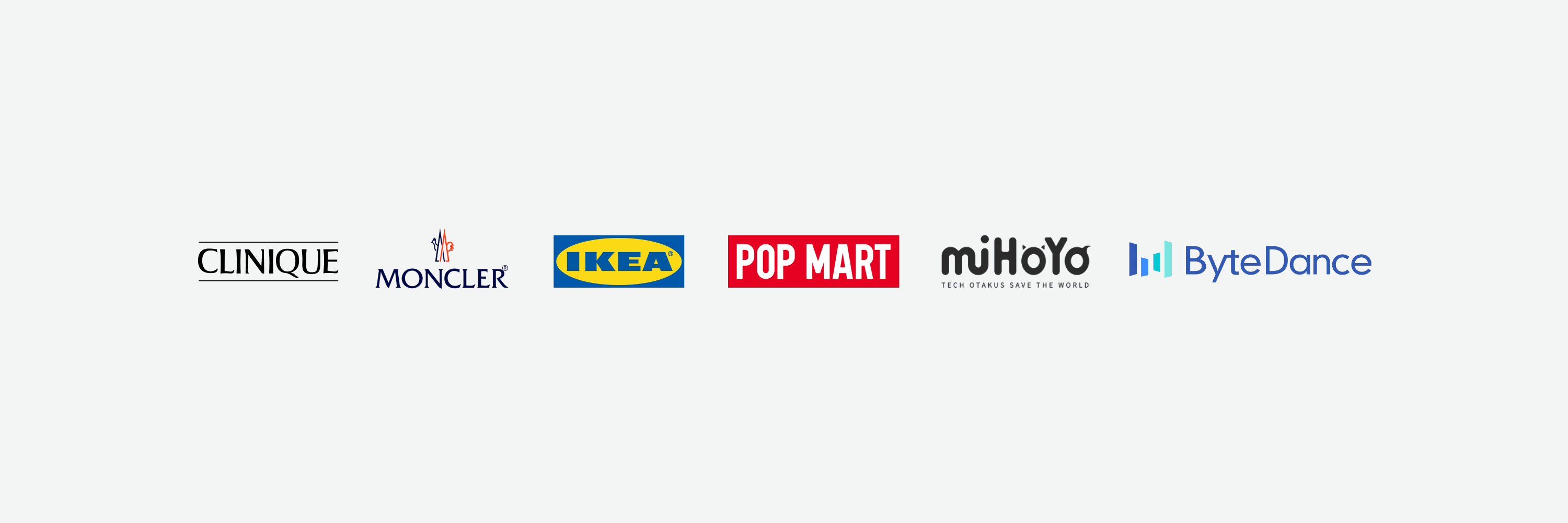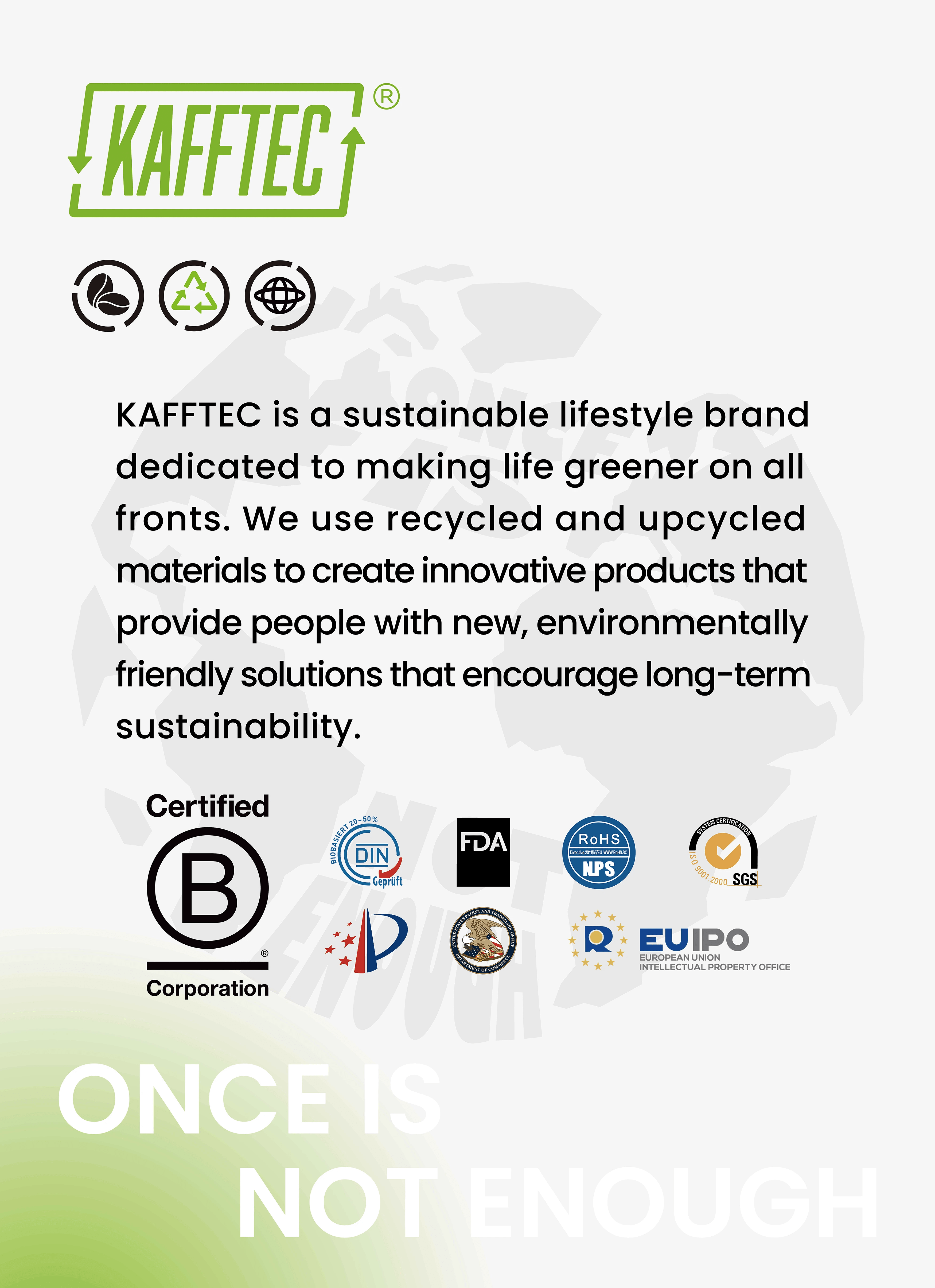Introduction

In the ever-evolving landscape of marketing, the debate of swag vs merch has become a hot topic among brands and consumers alike. While both promotional items serve as tools for engagement, they cater to different needs and objectives. Understanding the nuances between these two categories is crucial for marketers aiming to make impactful choices that resonate with their audience.
Understanding the Swag vs Merch Debate
At its core, the swag vs merch debate revolves around purpose and intent. Swag typically refers to free promotional items designed to build brand awareness, while merch is often tied to generating revenue through sales. Recognizing this distinction helps brands align their strategies with specific goals, whether they seek to foster goodwill or boost their bottom line.
Importance of Choosing the Right Promotional Item
Selecting the right promotional item can significantly influence customer perception and loyalty. The difference in purpose between swag and merch plays a critical role in determining how customers engage with a brand's identity. By carefully considering factors like perceived value and quality, businesses can create memorable experiences that enhance relationships with their target audience.
Overview of What to Expect in This Article
This article will delve into various facets of the swag vs merch discussion, exploring key themes such as Difference in Purpose, Difference in Intent, Difference in Perceived Value, Difference in Quality and Cost, as well as Ethics in Swag and Merch. Each section will provide insights into how brands can effectively navigate these distinctions for better marketing outcomes. By examining real-world examples like Goodgifts campaigns, we’ll uncover best practices that inspire loyalty through thoughtful gifting strategies.
The Difference in Purpose

When it comes to the swag vs merch debate, understanding the difference in purpose is crucial for any brand looking to make a lasting impression. Swag and merch may seem similar at first glance, but they serve distinct roles in a marketing strategy. Recognizing these differences can help brands allocate their resources more effectively and engage their audience in meaningful ways.
Swag: Building Brand Awareness
Swag is all about spreading the word—it's your brand's way of saying, Hey, look at me! This promotional material often includes items like pens, stickers, or tote bags that are given away for free at events or through campaigns. The primary goal here is to build brand awareness by getting your logo into as many hands as possible; after all, nothing says I love my brand like a freebie that someone can show off.
Merch: Supporting Revenue Streams
On the flip side of the swag vs merch coin lies merchandise—items that are sold with the intention of generating revenue. Think branded apparel, high-quality accessories, or limited-edition collectibles that fans will eagerly purchase to support their favorite brands or causes. While swag focuses on visibility and engagement, merch aims to create a sustainable revenue stream that can fund future initiatives and campaigns.
Key Examples: Goodgifts Campaigns
Goodgifts has mastered both swag and merch by carefully crafting campaigns that highlight their unique offerings while also addressing different purposes within their marketing strategy. For instance, during a recent campaign aimed at building awareness for eco-friendly products, Goodgifts distributed reusable shopping bags as swag—an item people would not only use but also showcase publicly. Conversely, they launched a limited-edition line of sustainable apparel designed specifically for sale; this approach not only supports revenue streams but aligns with their commitment to ethical sourcing—a win-win situation in the ongoing swag vs merch conversation.
The Difference in Intent

When diving into the swag vs merch debate, understanding the difference in intent is crucial. While both serve as promotional tools, their underlying motivations set them apart significantly. This distinction not only influences how brands interact with their audience but also shapes customer perceptions and loyalty.
Swag: Generosity and Engagement
Swag is all about generosity and creating an engaging experience for potential customers. Brands often distribute swag items at events or through giveaways to foster goodwill and build a connection with their audience. This approach emphasizes relationship-building over immediate sales, encouraging recipients to associate positive feelings with the brand, which can be a powerful tool in the long run.
Merch: Commercial Transactions
On the flip side of the swag vs merch spectrum lies merchandise, which is primarily focused on commercial transactions. Merch items are typically sold directly to consumers, aiming to generate revenue while promoting brand identity. This transactional nature means that while customers may enjoy owning branded merchandise, the primary intent is profit-driven rather than purely relational.
How Goodgifts Uses Intent Effectively
Goodgifts masterfully balances intent by blending elements of both swag and merch in its campaigns. By offering unique products that serve as both thoughtful gifts and promotional items, they create an environment where generosity meets commercial viability. This duality not only enhances customer engagement but also reinforces brand loyalty by demonstrating that Goodgifts values its customers beyond mere transactions—showing that they care about making a meaningful impact through their offerings.
The Difference in Perceived Value

When discussing swag vs merch, one of the most significant distinctions lies in how each is perceived by the recipient. Swag is often seen as a generous gift, intended to foster goodwill and brand awareness, while merch carries a more transactional vibe, where ownership and value are tied to purchase. Understanding this difference in perceived value can help brands tailor their promotional strategies effectively.
Swag: Value Through Giving
Swag embodies the spirit of generosity, creating an emotional connection between brands and their audiences. When companies distribute swag, they aim to build brand loyalty by offering something for free that recipients may find useful or enjoyable. This act of giving not only enhances brand awareness but also cultivates a positive image that resonates with consumers on an emotional level.
Merch: Value Through Ownership
In contrast, merch represents a more commercial approach where value is derived from ownership and investment. Consumers who purchase merch often feel a sense of pride and belonging associated with owning branded items. This relationship transforms the transaction into an experience where customers feel they are part of something bigger—turning casual buyers into loyal fans who advocate for the brand.
Analyze Goodgifts' Unique Products
Goodgifts strikes a remarkable balance between swag vs merch by offering unique products that blend both concepts effectively. Their items not only serve as promotional tools but also carry intrinsic value through thoughtful design and ethical production practices. By analyzing Goodgifts' offerings, we see how they elevate perceived value; their products are not just gifts or purchases—they symbolize commitment to sustainability and social responsibility, enhancing customer loyalty in ways that traditional swag or merch alone might not achieve.
The Difference in Quality and Cost

When it comes to promotional items, the difference in quality and cost can significantly influence a brand's strategy. Understanding the nuances between swag vs merch is essential for businesses looking to optimize their promotional efforts. While swag often aims for volume over quality, merch focuses on crafting high-quality products that resonate with consumers, ultimately impacting both perception and investment.
Swag: Often Lower Budget, Higher Volume
Swag typically operates on a lower budget, allowing brands to distribute promotional items in larger quantities. This approach is designed to maximize reach and brand visibility without breaking the bank; think pens, stickers, or tote bags handed out at events. The goal here is clear: create a buzz around your brand while keeping costs manageable—after all, it’s about spreading awareness rather than generating immediate revenue.
Merch: Higher Quality, Higher Investment
In contrast, merch represents a higher quality investment aimed at creating lasting impressions and driving sales. These items often come with a premium price tag but are crafted with attention to detail and durability—think stylish apparel or unique gadgets that consumers genuinely want to own. By investing more upfront in quality merchandise, brands can foster loyalty and encourage repeat purchases while differentiating themselves from competitors who may opt for cheaper swag alternatives.
A Look at Goodgifts’ Sustainable Options
Goodgifts stands out in the swag vs merch debate by offering sustainable options that align with ethical sourcing practices—because who said you can't do good while doing well? Their products not only boast excellent quality but also reflect a commitment to sustainability that resonates deeply with today's eco-conscious consumers. By blending high-quality merchandise with ethical considerations, Goodgifts demonstrates how businesses can thrive while making responsible choices that enhance customer relationships.
Ethics in Swag and Merch

In the ever-evolving landscape of promotional items, the conversation around ethics in swag vs merch has gained significant traction. Companies are increasingly held accountable for their sourcing practices, as consumers become more discerning about where their products come from and how they’re made. This shift highlights the importance of ethical sourcing as a core principle that can impact brand reputation and customer loyalty.
The Importance of Ethical Sourcing
Ethical sourcing is not just a buzzword; it’s a vital aspect of modern business practices that influences both swag and merch strategies. This concept encompasses fair labor practices, sustainable materials, and environmental responsibility—factors that can differentiate brands in a crowded marketplace. By prioritizing ethical sourcing, companies not only contribute to social good but also align themselves with consumers who value transparency and integrity.
Goodgifts’ Commitment to Sustainability
Goodgifts stands out in the swag vs merch debate by showcasing its unwavering commitment to sustainability. The brand emphasizes eco-friendly materials and processes, ensuring that both their promotional items (swag) and merchandise are produced with minimal environmental impact. By choosing sustainable options, Goodgifts enhances the perceived value of its products while appealing to conscientious consumers who care about their purchasing choices.
How Ethics Shape Customer Relationships
The difference in intent between swag and merch often hinges on ethical considerations that shape customer relationships. When brands prioritize ethics in swag creation—such as using responsibly sourced materials—they foster trust and loyalty among consumers who appreciate these efforts. In contrast, when merchandise is produced without regard for ethical implications, it can lead to negative perceptions that tarnish brand reputation over time.
Conclusion

In the ever-evolving landscape of promotional strategies, understanding the nuances between swag vs merch is crucial for brands aiming to make a lasting impression. The Difference in Purpose, Intent, Perceived Value, Quality and Cost, and Ethics in Swag and Merch all play significant roles in how promotional items resonate with audiences. By carefully considering these factors, businesses can tailor their approach to maximize impact and foster genuine connections with customers.
Choosing Wisely Between Swag and Merch
Choosing wisely between swag vs merch is not merely a matter of preference; it’s about aligning promotional strategies with brand values and customer expectations. The Difference in Purpose highlights that while swag aims to build brand awareness through generous giveaways, merch focuses on generating revenue through sales. Brands must assess their objectives to determine which approach will yield the best results for their specific goals.
Inspiring Loyalty Through Thoughtful Gifts
Inspiring loyalty through thoughtful gifts requires brands to understand the Difference in Intent behind their offerings. Swag fosters engagement by creating a sense of community and goodwill among customers, while merch establishes a transactional relationship based on ownership. By prioritizing thoughtful gifting—whether through strategic swag or meaningful merchandise—brands can cultivate deeper emotional connections that translate into long-term loyalty.
The Future of Promotional Strategies with Goodgifts
The future of promotional strategies lies in recognizing the evolving landscape where swag vs merch are no longer just buzzwords but essential components of brand identity. Ethical considerations surrounding the Difference in Quality and Cost are becoming increasingly relevant as consumers demand more sustainable options that reflect their values. With Goodgifts leading the charge in ethical sourcing and innovative products, brands have an opportunity to redefine what it means to engage customers meaningfully while ensuring their promotional efforts align with ethical principles.

